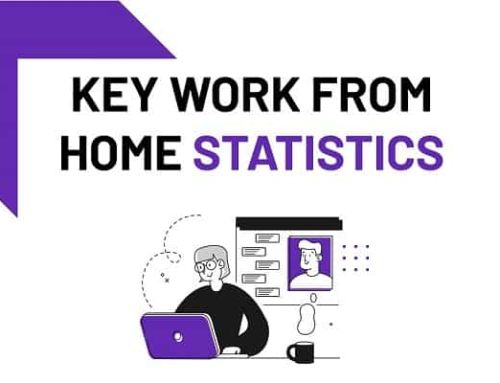While it’s not uncommon to experience moments of fatigue on the job, being overworked can have a completely different effect on personnel and their view of the work environment. In an age when our jobs are always at our fingertips (even when we are off the clock), employee burnout is becoming a persistent issue for employers and their staff.
What is Employee Burnout?
Let’s begin by recognizing the signs of a burnt-out employee. Does your team appear less enthusiastic and lack the overall energy to be productive? Are they irritable and perhaps disingenuous with their work? Are they consistently showing up late or having trouble starting their day?
Defined as a mental and physical exhaustion in the workplace, employee burnout is the result of prolonged stress and a reduced sense of accomplishment. Workers experiencing burnout may find it difficult to concentrate, lack satisfaction in their achievements and may even convey a cynical attitude about their job. These mental and emotional symptoms can also take a physical toll, including chronic fatigue, headaches, stomachaches and lack of sleep or insomnia.
In order to prevent employee burnout, it is important to recognize what may contribute to it. Causes can include:
- Extremes in workload, whether monotonous or chaotic
- Unfavorable workplace dynamics, socially or professionally
- Lack of work-life balance
- Unclear job expectations or mission
Taking Preventative Measures on Day One
Employee burnout is not limited to a certain job sector or salary range. Those in well-paid and high-profile jobs are just as likely to experience burnout as those in low-paid, less prestigious positions. Fortunately, burnout prevention can begin on the first day of employment. Make sure to set clear, accurate expectations with an appropriate job description so that workers understand their roles and responsibilities. To provide purpose and direction, create well-defined objectives and measures for success.
Perhaps most importantly, indicate and maintain an open line of communication between subordinates and management so staff feels supported. To learn more about how to identify signs of burnout in your workplace and how to avoid overworking and overwhelming your employees, check out the accompanying infographic created by iPlum.







Leave A Comment